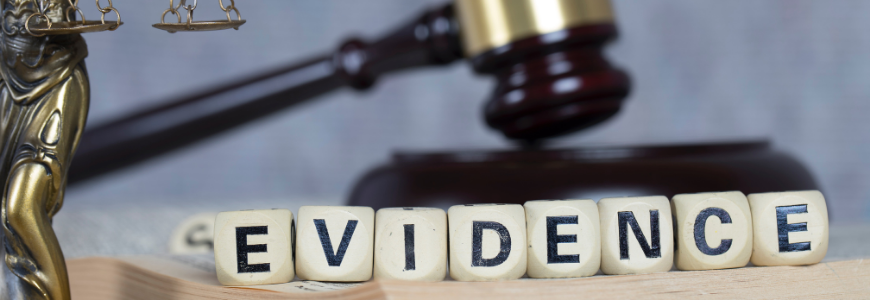
In order to lead fresh evidence at the appeal hearing, the appellant must bring a motion to adduce fresh evidence. This requires a notice of application explaining what the fresh evidence is and why it is in the interests of justice that it be received by the court.
R. v. Palmer, a 1980 Supreme Court of Canada decision established the test for the admission of fresh evidence on appeal:
- The evidence should not be admitted if, by due diligence, it could have been adduced at trial, but this general principal will not be applied as strictly in criminal cases as in civil cases;
- The evidence must be relevant in the sense that it bears on a decisive or potentially decisive issue;
- The evidence must be credible in the sense that it is reasonably capable of belief; and
- The evidence must be such that if believed, it could reasonably, when taken with the other evidence adduced at trial, be expected to have affected the result.
In the recent Court of Appeal decision, Johnson v. Rajanna, the appellant was appealing the motion judge’s decision granting summary judgment to the respondents, in a dental malpractice case. At the summary judgment motion, the appellant was representing herself and during the hearing, she handed up a two page undated and unsigned document outlining three discrepancies, which might constitute negligence or malpractice. This was not deemed an expert’s report, and because the respondents had their own expert evidence which stated that the dental treatment met the standard of care, summary judgment was granted dismissing the action.
At the appeal, the appellant submitted an affidavit from her expert stating that he had been consulted about the appellant’s case, and due to time constraints and health issues, he did not have enough time to submit a proper report, for the summary judgment motion. However, he did complete it shortly after the motion and listed three reasons to support a finding of negligence and dental malpractice.
Although the respondents asserted that the expert’s report did not meet the criteria as set out in R. v. Palmer, the Court of Appeal disagreed and found that the appellant had spent some time, trying to secure an expert opinion and through no fault of her own and circumstances out of her control, she could not secure the report in advance of the summary judgment motion, but served it shortly thereafter.
Furthermore, the report was clearly relevant to the issue which was before the motion judge. It was also raised that the appellant’s expert had not completed a form of acknowledgement of an expert’s duty (Form 53) and that his report made certain assumptions. However, the Court of Appeal found that the “expert’s lack of experience” did not take away from the report and that his evidence was reasonably capable of belief.
Lastly, it was submitted that the report failed to opine on standard of care and causation. However, again, it was concluded that the report did ultimately address both standard of care and causation, even if it was in a form different from more experienced experts.
Ultimately, the three judge panel stated:
We are persuaded that, faced with a 77 year-old self-represented party, seemingly of limited means, who suffered injury as a result of a dental procedure, who had struggled to secure an expert, who had retained an expert at the time she appeared before him, and who then secured a supportive expert report, the motion judge would have concluded that it was in the interests of justice to adjourn the motion to provide the appellant with an opportunity to cure the deficiencies in the expert report.
Accordingly, the appeal was allowed and the dismissal of the action, was set aside. The case highlights that if the test is met, then new evidence will be allowed. The new evidence must be relevant and probative, to assist with the determination of the issues in the case.
